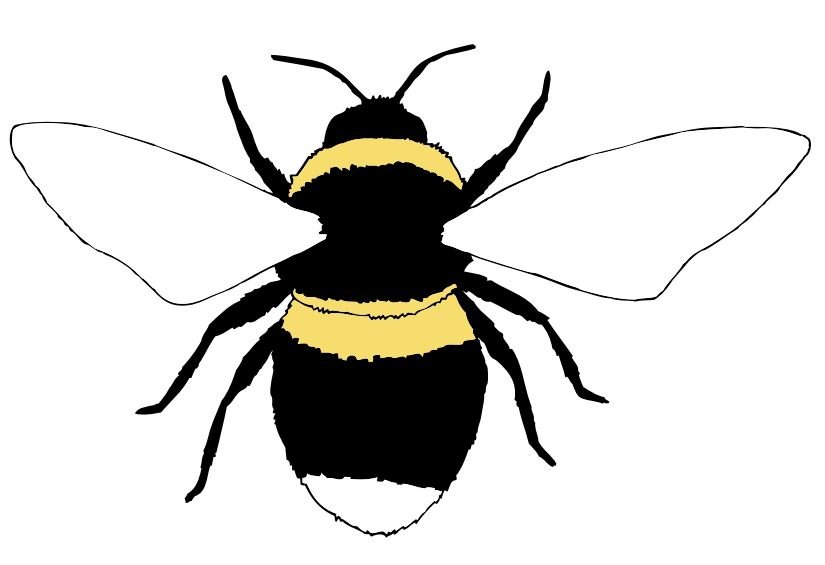If you’ve ever seen honey bees swarm they’re an impressive sight. Even more impressive are the beekeepers that come to collect them. Here’s how the magic is done
Why do honey bees swarm?
Swarming occurs when things are getting tight for space in the hive and some of the bees decide to move on. Occasionally bees swarm and move out in order to reproduce.
When does swarming occur?
On hot days, usually between May and July. Beekeepers call this ‘swarm season’. The bees won’t swarm if rain is due as they don’t like to be caught out of their hives in bad weather, so if you see bees swarming you can be pretty sure it’s safe to hang out your washing before going out.
What happens when they swarm?
Essentially, the colony splits in two but it’s not a one-day event. First, cells are created to hatch a new queen in the hive, meanwhile the worker bees put the old queen on a diet to enable her to fly better when she leaves the hive. The bees then stock up on honey themselves to see them through until they’re settled in their new home.
Here comes the swarming bit…
The bees that are packing up leave together and buzz around in a cloud before parking themselves on a solid object nearby, with their queen protected in the middle. Could be a tree, could be a lamp post, could be your garden furniture. Scout bees then head out looking for a new home. This process can take up to a few days and actually begins even before they leave the hive. After plenty of negotiation, a new nest is chosen and the bees move in together.
How do beekeepers take a swarm away?
Beekeepers love free bees so they’re often happy to be called out to a swarm. They’ll place a large container underneath the swarm, raised up so that as much of the swarm as possible is contained within. They’ll then gently shake the tree or scrape the bees off the solid object into the container. The container is then placed upside down on the ground, with a sheet beneath it and one side of the container is lifted to allow more bees to get in. Any bees that leave the box will home back inside again towards the queen. As long as you’re sure the queen is inside, the box can then be left where it is until the whole swarm is inside. The sheet is then tied up at the top and the whole swarm can be relocated to an empty hive.
What should you do if you spot a swarm?
Give them plenty of space. They don’t generally sting you but it’s best not to take the risk. The next step is to identify the type of bee. Not all swarms will be honey bees. The British Bee Keepers’ Association will collect honey bees for you but they also have an identifier on their website along with numbers of who to call for each type of bee. Call out a beekeeper and then you can stand back and helpfully read out the instructions above while he or she does all the hard work and you look rather clever.
If you’d like to know more about the care of bees, read our feature How Hard Can it Be… To Become a Beekeeper in our June issue, which is in shops now.
Buy this month's The Simple Things - buy, download or subscribe






